Themed collection International Symposium on Green Chemistry 2017

An overview of cathode materials for microbial electrosynthesis of chemicals from carbon dioxide
The applicability of microbial electrosynthesis (MES) for chemical synthesis from carbon dioxide (CO2) requires improved production and energetic efficiencies. The electrode material and its interaction with the biocatalyst greatly influence the MES performance.
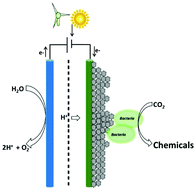
Green Chem., 2017,19, 5748-5760
https://doi.org/10.1039/C7GC01801K
Sustainable chemistry: how to produce better and more from less?
This review describes the rapid evolution of chemistry in the context of a sustainable development of our society. Written in collaboration between scientists from different horizons, either from public organizations or chemical companies, we aim here at providing recommendations to accelerate the emergence of eco-designed products on the market.

Green Chem., 2017,19, 4973-4989
https://doi.org/10.1039/C7GC02006F
Unconventional media and technologies for starch etherification and esterification
This review summarizes recent advances in starch etherification and esterification in unconventional media and by unconventional technologies.
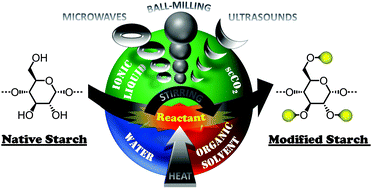
Green Chem., 2018,20, 1152-1168
https://doi.org/10.1039/C7GC03135A
Bio-based amines through sustainable heterogeneous catalysis
Heterogeneous catalysis offers a sustainable toolbox for the synthesis of a wide variety of biomass-derived amines.
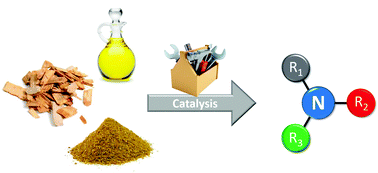
Green Chem., 2017,19, 5303-5331
https://doi.org/10.1039/C7GC02299A
Organic electrolyte solutions as versatile media for the dissolution and regeneration of cellulose
Organic electrolyte solutions – mixtures of a (room-temperature) ionic liquid with a neutral, organic, polar co-solvent – are attracting increasing attention as solvents for the regeneration and derivatisation of cellulose.
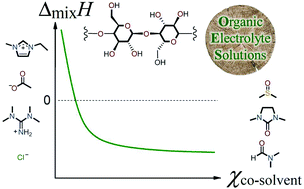
Green Chem., 2017,19, 4754-4768
https://doi.org/10.1039/C7GC01776F
Designing the thermal behaviour of aqueous biphasic systems composed of ammonium-based zwitterions
The design of the thermal behaviour – from an upper critical solution temperature (UCST) to a lower critical solution temperature (LCST) – of aqueous biphasic systems composed of water-soluble ammonium-based zwitterions.
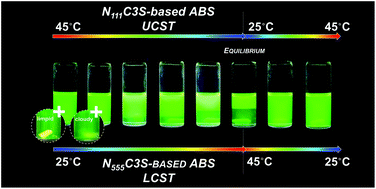
Green Chem., 2017,19, 4012-4016
https://doi.org/10.1039/C7GC02262J
Potassium isopropyl xanthate (PIX): an ultra-efficient palladium scavenger
The increasing employment of palladium-catalyzed reactions in the synthesis of active pharmaceutical ingredients (APIs) has created a pressing need for ultra-efficient palladium removal of the resulting metal contaminants.

Green Chem., 2017,19, 4002-4006
https://doi.org/10.1039/C7GC01765K
Transformation of cellulose and related carbohydrates into lactic acid with bifunctional Al(III)–Sn(II) catalysts
The bifunctional Al(III)–Sn(II) combination efficiently catalyses the conversion of cellulose into lactic acid in water via a series of tandem steps.
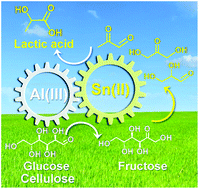
Green Chem., 2018,20, 735-744
https://doi.org/10.1039/C7GC02975F
Sustainable synthesis routes towards urazole compounds
The synthesis of urazoles in a one-pot, fast and high-yielding fashion without the use of isocyanates or chloroformates is described.
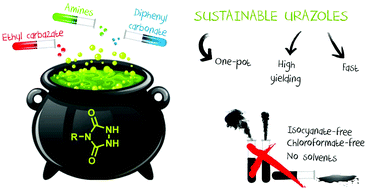
Green Chem., 2017,19, 5659-5664
https://doi.org/10.1039/C7GC02027A
Bio-based N-alkyl-2-pyrrolidones by Pd-catalyzed reductive N-alkylation and decarboxylation of glutamic acid
Bio-based N-alkyl-2-pyrrolidones were successfully synthesized, starting from glutamic acid and simple carbonyl compounds, by Pd-catalyzed reductive N-alkylation and decarboxylation.
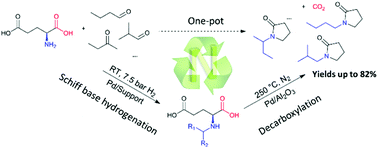
Green Chem., 2017,19, 4919-4929
https://doi.org/10.1039/C7GC01829K
Carbon dioxide-to-methanol single-pot conversion using a C-scorpionate iron(II) catalyst
The highly efficient eco-friendly synthesis of methanol directly from carbon dioxide and H2 catalysed by the iron(II) scorpionate catalyst [FeCl2{κ3-HC(pz)3}] is reported.
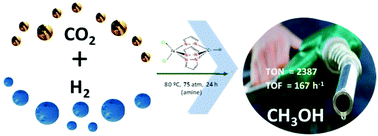
Green Chem., 2017,19, 4811-4815
https://doi.org/10.1039/C7GC01993A
Polyethylenimine-cross-linked cellulose nanocrystals for highly efficient recovery of rare earth elements from water and a mechanism study
PEI acts not only as a cross-linker but also as a chelating agent for RE ions.
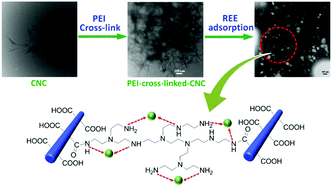
Green Chem., 2017,19, 4816-4828
https://doi.org/10.1039/C7GC01770G
Nutritional requirements and the impact of yeast extract on the D-lactic acid production by Sporolactobacillus inulinus
For the first time, nutritional requirements including the effects of yeast extract on the D-lactic acid production by Sporolactobacillus inulinus are presented.
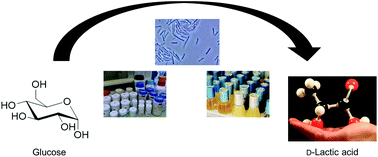
Green Chem., 2017,19, 4633-4641
https://doi.org/10.1039/C7GC01796K
Self-assembly of a bio-based extractant in methyl esters: combination of small angle X-ray scattering experiments and molecular dynamics simulations
The structure of a bio-based extractant in oils was accessed by combining experiments and molecular dynamics simulations.
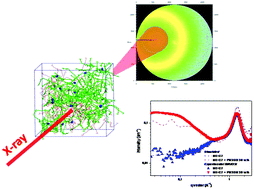
Green Chem., 2017,19, 4680-4689
https://doi.org/10.1039/C7GC01769C
Stabilising Ni catalysts for the dehydration–decarboxylation–hydrogenation of citric acid to methylsuccinic acid
Ni nanoparticles could be stabilised to enable the Ni catalyzed dehydration–decarboxylation–hydrogenation of citric acid to methylsuccinic acid.

Green Chem., 2017,19, 4642-4650
https://doi.org/10.1039/C7GC01773A
Whole-cell biocatalytic selective oxidation of 5-hydroxymethylfurfural to 5-hydroxymethyl-2-furancarboxylic acid
HMF has been efficiently upgraded into HMFCA with a good yield by using a highly HMF-tolerant strain Comamonas testosteroni SC1588.
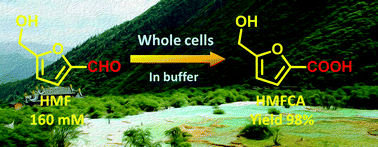
Green Chem., 2017,19, 4544-4551
https://doi.org/10.1039/C7GC01751K
Nano-flowered Ce@MOR hybrids with modulated acid properties for the vapor-phase dehydration of 1,3-butanediol into butadiene
A series of Ce@MOR hybrids based on CeOx nanoparticles (1–2.5 nm) encapsulated in mordenite exhibited high catalytic activity and selectivity for the vapor-phase dehydration of 1,3-butanediol into butadiene.
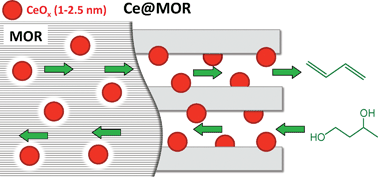
Green Chem., 2017,19, 4610-4621
https://doi.org/10.1039/C7GC02223A
New insights into the catalytic reduction of aliphatic nitro compounds with hypophosphites under ultrasonic irradiation
This work proposes an efficient process allowing the reduction of nitro compounds to the corresponding amines in water, at 70 °C with a quantitative conversion and a maximal yield in only 15 min thanks to the ultrasonic activation.
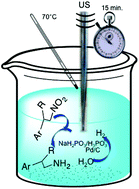
Green Chem., 2017,19, 4583-4590
https://doi.org/10.1039/C7GC01622K
Environmental sustainability assessment of a new degreasing formulation for the tanning cycle within leather manufacturing
The environmental assessment of the lab-scale preparation of a new lactose derivative-based degreasing formulation, for the leather manufacturing cycle, was performed by using EATOS and LCA methodologies.
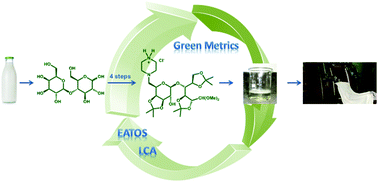
Green Chem., 2017,19, 4571-4582
https://doi.org/10.1039/C7GC01900A
Environmental impact assessment of wheat straw based alkyl polyglucosides produced using novel chemical approaches
A comparative environmental life cycle assessment of using low-value wheat straw to produce high value biosurfactants using a novel biorefinery, compared to those produced from palm and wheat, is reported.
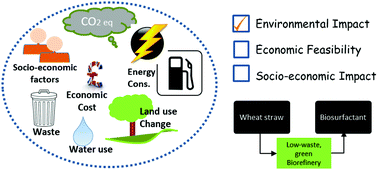
Green Chem., 2017,19, 4380-4395
https://doi.org/10.1039/C7GC01719G
Controlling silicone-saccharide interfaces: greening silicones
(Poly)saccharides crosslink silicone boronic acid polymers and stabilize the silicone oil/water interface.
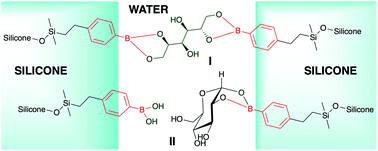
Green Chem., 2017,19, 4373-4379
https://doi.org/10.1039/C7GC02088K
Exploiting H-transfer as a tool for the catalytic reduction of bio-based building blocks: the gas-phase production of 2-methylfurfural using a FeVO4 catalyst
A new reductive process in the field of biomass valorisation for the sustainable production of bio-fuel additives and chemicals.
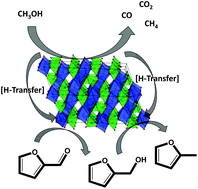
Green Chem., 2017,19, 4412-4422
https://doi.org/10.1039/C7GC01749A
Synthesis of CO2-responsive cellulose nanocrystals by surface-initiated Cu(0)-mediated polymerisation
CNC was converted into a CO2-responsive composite nanomaterial by grafting PDMAEMA and PDEAEMA on its surface using a grafting-from approach via surface-initiated copper(0)-mediated polymerisation.
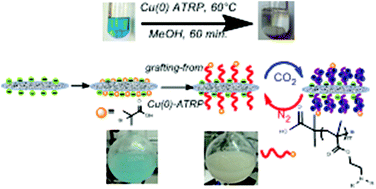
Green Chem., 2017,19, 4141-4152
https://doi.org/10.1039/C7GC01798G
Ecocatalyzed Suzuki cross coupling of heteroaryl compounds
A bio-based EcoPd was developed for the Suzuki cross coupling of heteroaryl compounds.

Green Chem., 2017,19, 4093-4103
https://doi.org/10.1039/C7GC01672G
β-Amino acid derived gemini surfactants from diformylfuran (DFF) with particularly low critical micelle concentration (CMC)
Starting from diformylfuran (DFF) obtained from biomass, a new family of gemini surfactants has been synthesized.
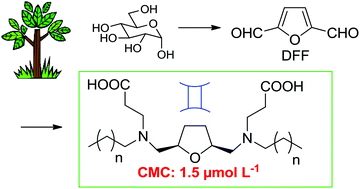
Green Chem., 2017,19, 4074-4079
https://doi.org/10.1039/C7GC01534H
About this collection
This collection comprises articles based on presentations at the International Symposium on Green Chemistry 2017 meeting held in La Rochelle, France between 16th-19th May 2017.